Climate Impact: 26,676 tCO2e removed from the atmosphere.
Project Registry Link: Thiaki Rainforest Restoration | Clean Energy Regulator, Government of Australia
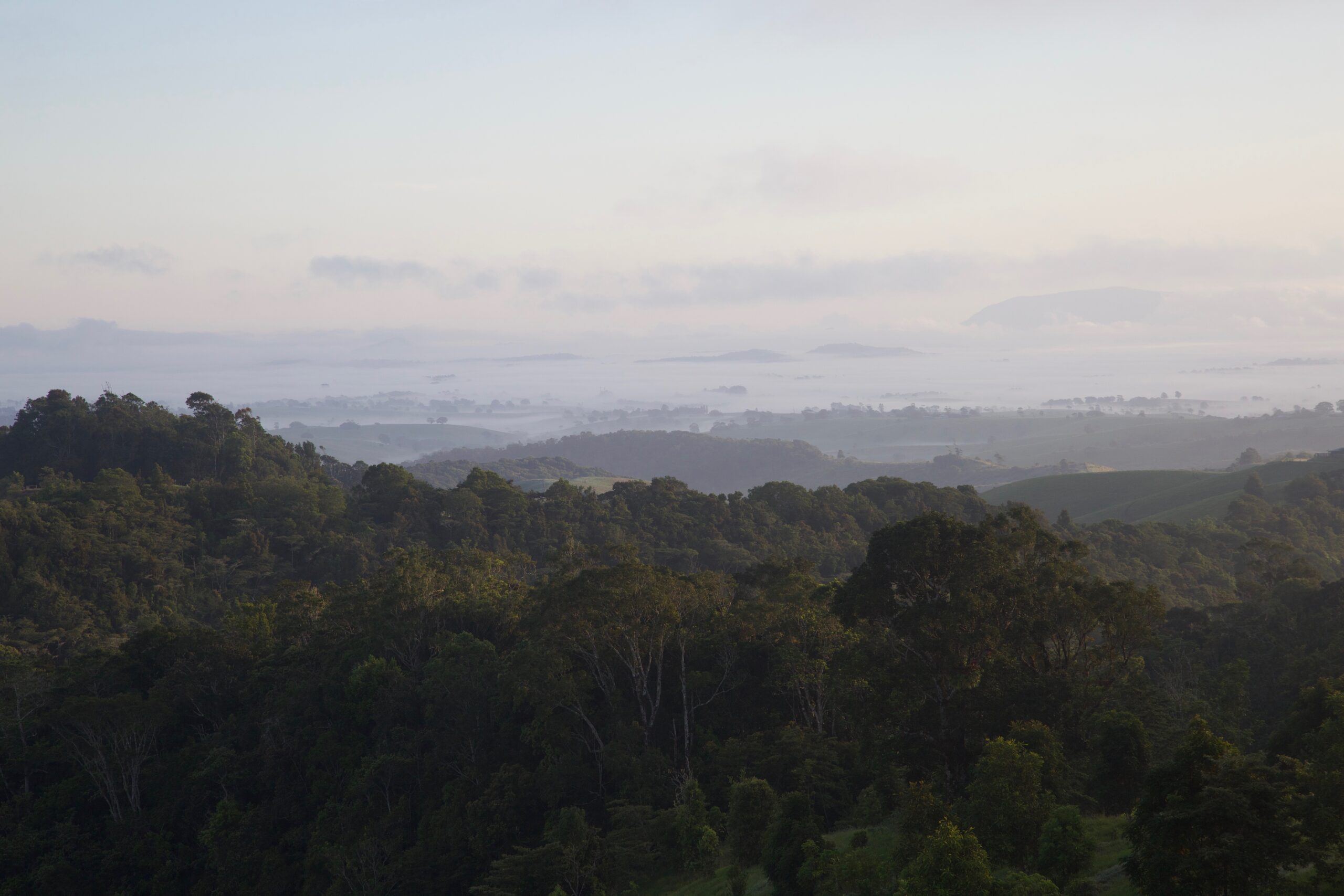
The Thiaki Rainforest Restoration Project in the wet tropics region of Queensland is converting cleared forest into lush rainforests, providing significant biodiversity and community benefits. This project focuses on boosting biodiversity, increasing carbon capture, and developing cost-effective reforestation techniques. [Out of Stock]
Environmental Planting/Native Forest Reforestation
Australian Government Emissions Reductions Fund
ACCU (Australian Carbon Credit Units)
Quantifying Carbon Sequestration by Permanent Environmental Plantings of Native Species using the CFI Reforestation Modelling Tool, Version 2012
EOP100652
2022
The Thiaki Rainforest Restoration was registered in June 2014 and is located in the wet tropics region of Queensland. This project establishes permanent plantings of a mix of native tree species on land that was cleared of forest for at least five years prior to the project having commenced. The Thiaki Rainforest Restoration Project has yielded notable benefits by converting degraded grasslands into diverse and thriving rainforests. These benefits underscore the project’s effectiveness in not only effective carbon sequestration but also enhancing ecosystem functions such as increasing biodiversity and nutrient cycling.
Various peer reviewed articles have been published on the project’s impacts and notable insights into restoration practices – available here: https://fieldcapture.ala.org.au/project/index/1c98dac2-4332-494f-b23b-d779adf41d65
The project’s landowners have collaborated with multiple Australian research institutions on an initiative aimed at cost-effective rainforest restoration. This effort united scientists and researchers to restore former agricultural land.
Project partners included: the Biodiversity Fund, Australian Research Council, University of Queensland, Adelaide University, Charles Darwin University, and Cambridge University.
Biodiversity benefits include creating habitats for native species and improving ecosystem services. The project uses mixed native species rather than monoculture plantations, which has shown to be more effective in enhancing biodiversity and ecosystem resilience. This method supports various taxa and helps in the recovery of plant species diversity and community composition in secondary rain forests.
The habitat supports numerous native species, including the Southern Cassowary, Lumholtz Tree Kangaroo, various rainforest ringtail possum species, and endemic bird species found in North Queensland rainforests. The project sits at the very headwaters of the Johnstone River that runs into the Great Barrier Reef. Thiaki establishes a wildlife corridor across the landscape that links to a World Heritage rainforest, allowing the movement of native animals impacted by climate change.
Permanence: The project has a permanence period of 100 years. According to the methodology, any disturbance events like disease or fire within the project area are systematically monitored and documented. Plantings are carefully established and maintained for permanent growth, utilizing native species well-suited to the local environment. Satellite analysis of the project area indicates successful plantings and initial forest cover. Additionally, consistent with all sequestration projects registered under the ERF, a 5% risk of reversal buffer serves as an insurance mechanism.
Additionality: The methodology of this project determines additionality and establishes the baseline scenario. The project area must encompass land that has been cleared of forest for at least 5 years prior to the project’s initiation. Specifically, Thiaki comprises of fragmented remnant rainforest and previously cleared land used for beef cattle grazing. While most of the clearing occurred over 50 years ago, some areas were cleared as recently as 1978-79. According to the methodology, the baseline carbon stock is zero, representing the amount of carbon the project’s carbon estimation area (CEA) would have contained without intervention. Additionally, the project must demonstrate that it is not mandated by any Commonwealth, state, or territorial government law. Meeting these criteria confirms the project’s additionality.
Leakage: In the context of reforestation projects, leakage refers to the risk that project activities will generate native forest cover decline outside the project area. Leakage risks are considered negligible for reforestation projects.
SDGs: The project meets the following United Nations Sustainable Development Goals:
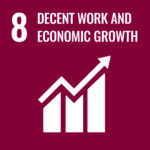
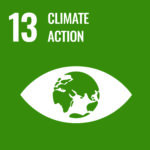
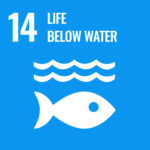

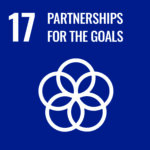
Out of stock
Your purchase goes to the procurement of fully verified and independently audited carbon offset projects. TEM’s operational, due-diligence, risk management and marketing costs are also included in the list price. By purchasing from these projects, you are mobilising capital to support the project’s ongoing operations and benefits, alongside of ensuring measurable emissions reductions and avoidance.
You may find a difference between the cost of projects listed on this site and the average prices listed on the wholesale carbon market/s. That’s because TEM offers projects where we have gone the extra mile to ensure their integrity and deliver you the end-to-end service that others won’t. Our pricing is fully inclusive of the end-to-end services to ensure integrity, including:
Once we’ve received your payment, we will: